IPS vs Army Officer: Who Earns More Money?
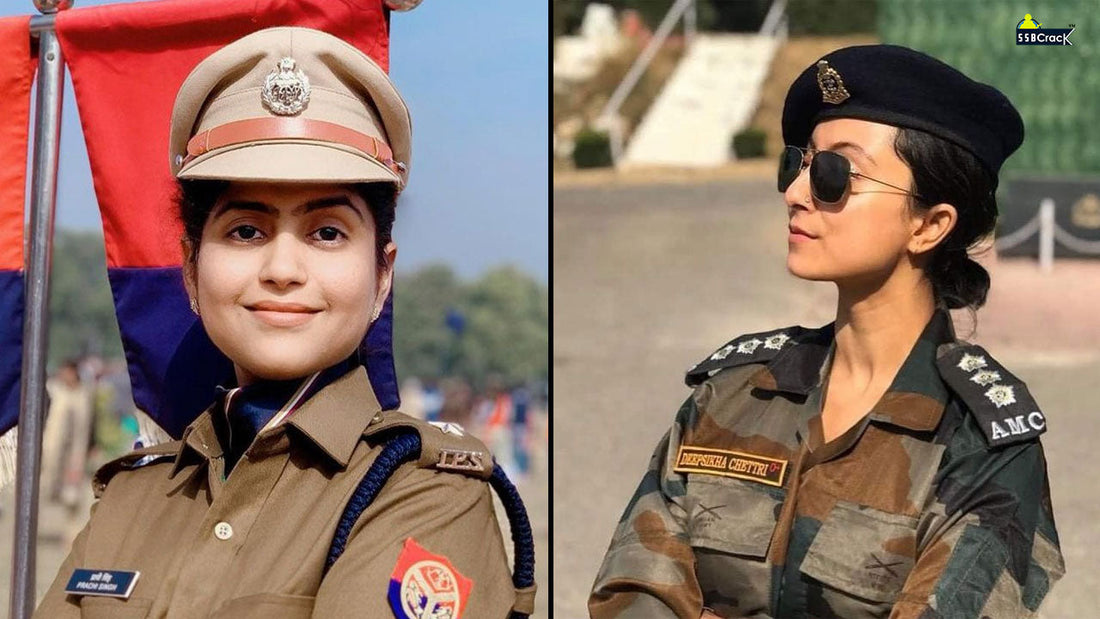
The Indian Armed Forces and the Indian Police Service (IPS) represent two of the most prestigious career paths in India. Both paths come with their own set of responsibilities, challenges, and rewards. As young aspirants weigh their options of joining these institutions, a frequently posed question arises: who earns more money, an IPS officer or an Army officer?
This article delves into the intricacies of salary structures, allowances, benefits, and other financial aspects that shape the compensation of these two vital service branches.
SSB Interview Books Power Pack: 4 Must Read Books for Defence Aspirants
Rs. 1,760.00
Sale price
Rs. 1,399.00
Let's Crack SSB Interview Book [Paperback]
Rs. 390.00
Sale price
Rs. 360.00
Breaking The Code of SSB Psychological Tests Book - SSB Interview (TAT/WAT/SRT/SD)
Rs. 390.00
Sale price
Rs. 360.00
OIR Test & PPDT Book - SSB Interview Screening Test - Stage 1 Testing
Rs. 490.00
Sale price
Rs. 375.00
Historical Context
Understanding the historical background of the IPS and the Army can provide significant insights into the evolution of their remuneration structures. The Indian Police Service was established in 1948, shaping the law and order landscape of India post-independence. The IPS aims to uphold the law and maintain peace in society, while the Indian Army has existed in various forms since ancient times, transitioning into a professional standing army during the British Raj.
Also Read: IPS Officer vs Army Officer - Who is more Powerful?
Post-independence, both services underwent reforms, including salary scales, to ensure they attract and retain talented individuals. Recent advancements, particularly the introduction of the 7th Pay Commission, brought significant changes to the remuneration of both officers. As negotiations on pay structures and allowances evolve, understanding their current states and implications is crucial for prospective candidates.
Salary Scales
IPS Officers
The salary structure for IPS officers is defined under the 7th Pay Commission, highlighting different pay scales according to ranks. This structure has brought clarity and uniformity to the salary framework, ensuring that officers receive fair compensation for their service. Below are key salary figures for various ranks:
- Deputy Superintendent of Police (DSP): ₹56,100 per month.
- Additional Superintendent of Police (ASP): ₹67,700 per month.
- Superintendent of Police (SP): ₹78,800 per month.
- Deputy Inspector General of Police (DIG): ₹1,31,100 per month.
- Inspector General of Police (IG): ₹1,44,200 per month.
- Additional Director General of Police (ADG): ₹2,05,400 per month.
- Director General of Police (DGP): ₹2,25,000 per month.
These figures reflect the salary scales post-7th Pay Commission, which aimed to address discrepancies and create a more equitable compensation structure for civil services.
Also Read: IAS vs Army Officer: Who Earns More Money?
Army Officers
Similarly, the salary structure for Army officers is aligned with the 7th Pay Commission, but with variations due to additional allowances and benefits. Here is a breakdown of the pay scales for Army officers:
- Lieutenant: Level 10 (basic pay similar to that of an ASP in IPS).
- Captain: Level 10A.
- Major: Level 11 (similar to an SP in IPS).
- Lieutenant Colonel: Level 12.
- Colonel: Level 13.
- Major General: Level 14 (similar to an IG in IPS).
- Lieutenant General: Level 15.
- General: Level 18 (no direct IPS equivalent).
Army positions typically have a structured pathway where progression can lead to significantly higher salaries as one ascends the ranks.
Also Read: Step-by-Step Guide to Becoming an IPS Officer
Allowances and Benefits
The determination of officer salaries goes beyond basic pay. Allowances and benefits play a significant role in enhancing the overall compensation package.
IPS Officers
For IPS officers, a range of allowances adds depth to their financial remuneration. Key allowances include:
- Dearness Allowance (DA): A cost-of-living adjustment to help mitigate inflation.
- City Compensatory Allowance (CCA): Compensates for the higher living costs in urban areas.
- Leave Travel Allowance (LTA): Reimburses travel expenses while on leave.
- Medical Benefits: Comprehensive health coverage for officers and their families.
- Life Insurance: Financial security for families in case of unforeseen events.
- Subsidized Accommodation: Reduced rent or housing facilities.
While the IPS package is competitive within the public sector, it does not encompass some of the additional perks found in military service.
Army Officers
In contrast, Army officers enjoy additional allowances that significantly enhance their overall pay package. Key allowances for Army officers include:
- Military Service Pay (MSP): A significant addition to their monthly salary, compensating for the challenges of military service.
- Free Rations: Provision of food and meals without charge.
- Travel Allowances: Support for travel expenses, particularly during transfers or postings.
- Free Electricity: Provision of electricity up to 100 units at no cost.
- Other Perks: Various perks associated with being on active service, including training allowances and educational benefits for children.
These allowances considerably inflate the total compensation for Army officers, especially when evaluated over a long career.
Also Read: How To Become A Lieutenant In The Indian Army?
Comparative Analysis
To provide a comprehensive view of who earns more between IPS and Army officers, a comparative analysis of salary scales, allowances, initial pay differences, and long-term compensation trends is essential.
Initial Pay Difference:
Army officers generally earn higher starting salaries compared to their IPS peers. For instance, a Lieutenant in the Army has a payment scale that begins on par with an ASP, but the MSP raised the initial overall compensation for Army officers by approximately 29% when compared to their civilian counterparts, especially in roles equivalent to IPS. For post-2004 recruits, this percentage increases to around 43% due to enhancements in pension contributions.
Rank Equivalencies:
While certain ranks in the Army and IPS have equivalent roles, the total pay package due to additional allowances means that the highest-paid Army officer often earns significantly more than the highest-paid IPS officer. For instance, the disparity is pronounced between a General and a DGP where the General’s total compensation, even when basic salaries may look comparable, is enhanced multifold through allowances.
Long-term Compensation:
The compensation strategy for the Army frequently favors the ensign officer for the first three decades of service. After around 32 years, both sectors tend to see a leveling out of pay. However, the impact of additional allowances over an extended career can amount to millions in potential earnings.
Indian Military Academy IMA Coffee Mug
Rs. 699.00
Sale price
Rs. 499.00
NDA Service Before Self Coffee Mug
Rs. 699.00
Sale price
Rs. 499.00
Officers Training Academy OTA Chennai Coffee Mug
Rs. 699.00
Sale price
Rs. 499.00
Indian Naval Academy INA Ezhimala Coffee Mug
Rs. 699.00
Sale price
Rs. 499.00
Statistical Data and Research Insights
- According to studies and data from the government, the disparity in earnings is most prominent during the formative years of service, effectively tilting the scale towards Army officers.
- Data from the Pay Commission shows that even in the case of rank equivalences, such as Major and SP, the average salary, when factoring in allowances, trends favorably towards Army personnel.
Challenges and Solutions
Both services face unique challenges that affect their earning potential and job satisfaction.
IPS Officers:
- Job Pressure: The stress of maintaining law and order can lead to burnout.
- Political Interference: Officers may face challenges due to political dynamics which can impact career progressions.
Solutions: Improved mental health support structures, clearer operational protocols, and less bureaucratic interference can create a healthier work environment.
Army Officers:
- Deployment Risks: The risk associated with active duty can discourage recruits from considering Army roles.
- Family Life: Frequent relocations and deployments can strain family ties.
Solutions: The Army is increasingly focusing on family welfare programs and providing better resources for mental health support amongst its ranks.
Future Trends and Predictions
The landscape of financial remuneration for both IPS and Army officers is likely to evolve with future Pay Commissions and societal changes. Given current trends, we can expect:
- Enhanced allowances and benefits for both officers as the government looks to attract and retain talent amidst high competition.
- Potential adjustments reflecting economic shifts and inflation concerns, particularly for rank-and-file officers.
- A greater emphasis on mental health conditions and family welfare as these factors become more recognized in the discourse surrounding service duty.
Conclusion
The comparison between IPS and Army officers concerning salary and benefits illustrates distinctive trends where the Army typically emerges as the higher-paying pathway. Factors such as basic pay structure, allowances, and additional benefits play crucial roles in shaping total earnings for both professions.
As society continues to evolve, so too may the structures of compensation and benefits for these vital roles in Indian governance and security. For aspiring officers, understanding these nuances is essential to making informed career choices.
For more insights into the preparation for joining such esteemed services, aspirants can refer to resources available at SSBCrack and SSBCrackExams for comprehensive study materials, courses, and eBooks designed to guide you through the selection process successfully.


![Let's Crack SSB Interview Book [Paperback]](http://shop.ssbcrack.com/cdn/shop/files/ssb-books.webp?v=1736351621&width=533)






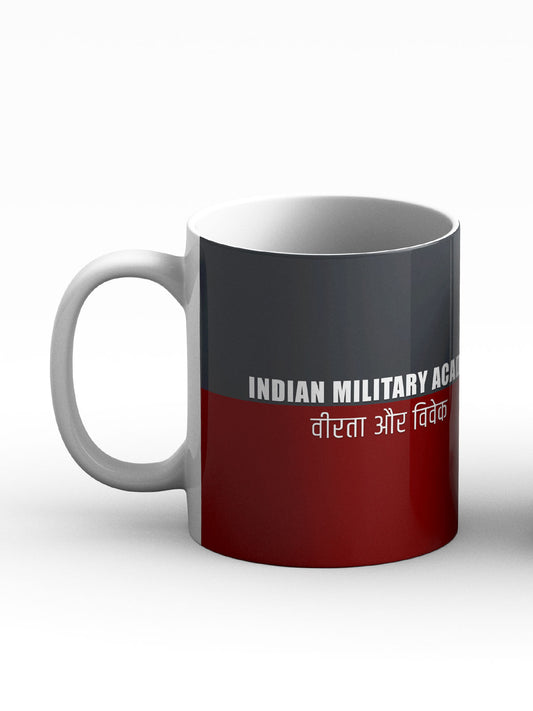



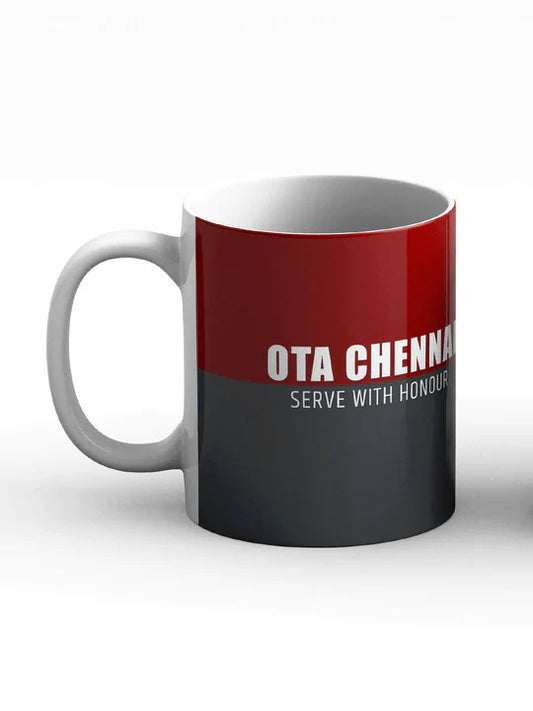






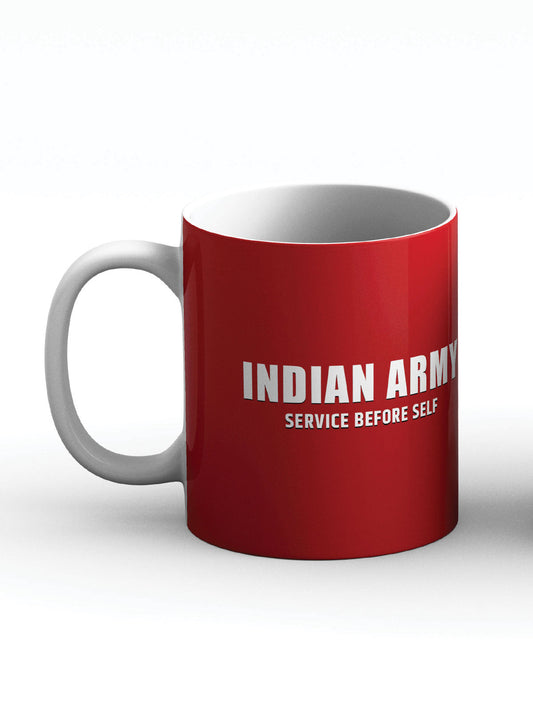

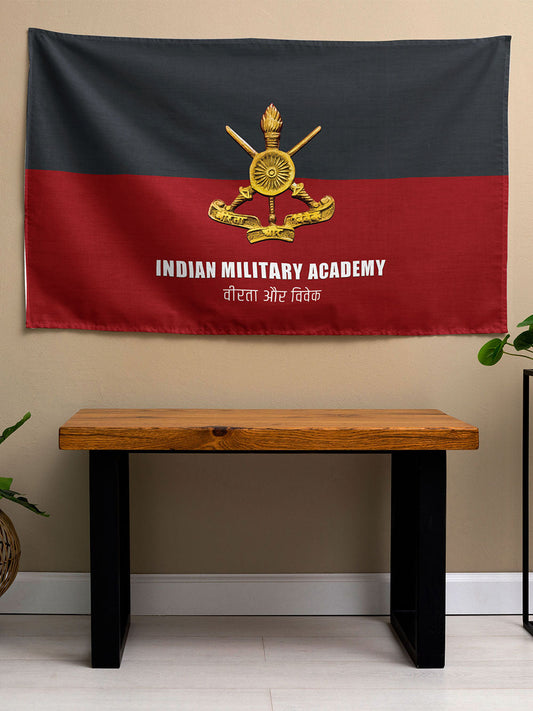



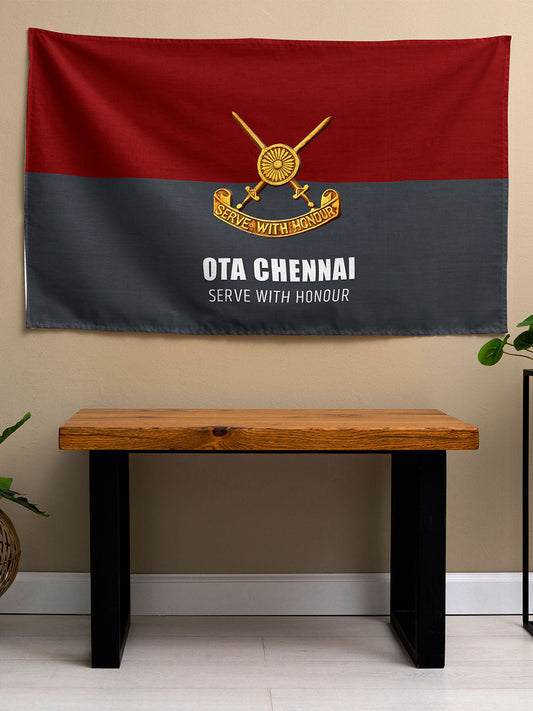

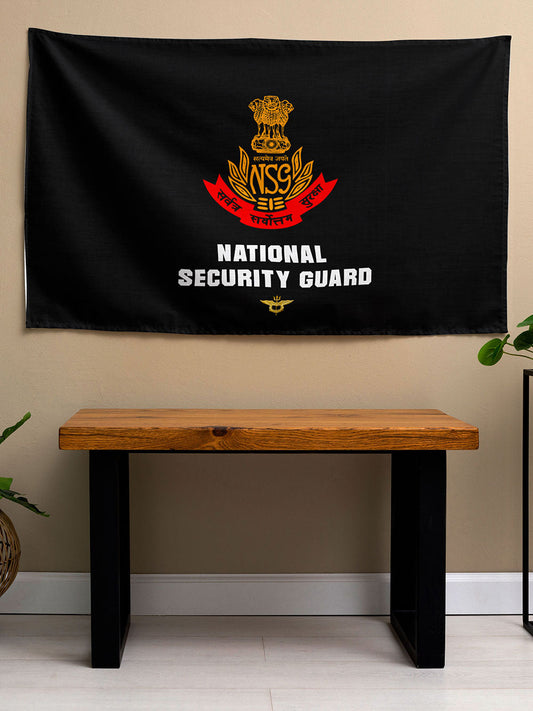

8 comments
IAS officers earn far more than army officers, and upto a scale which cannot be compared.
I believe army officers should earn more than their counterpart considering the nature of job and risks associated with it.
IPS officers earn way more than Army officers. Period.